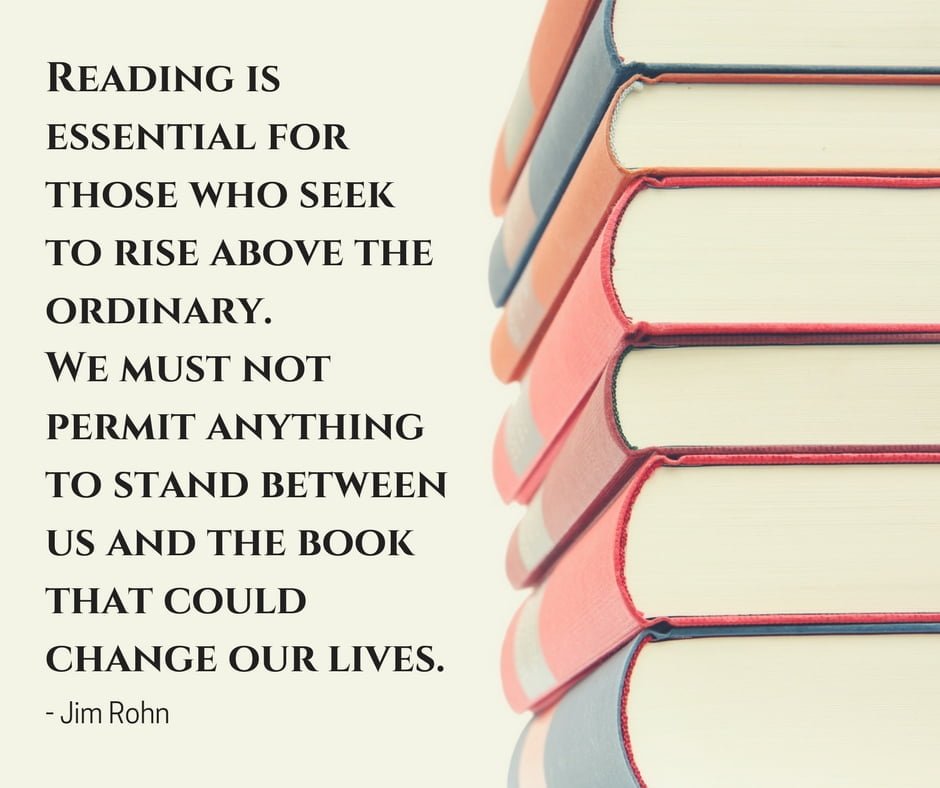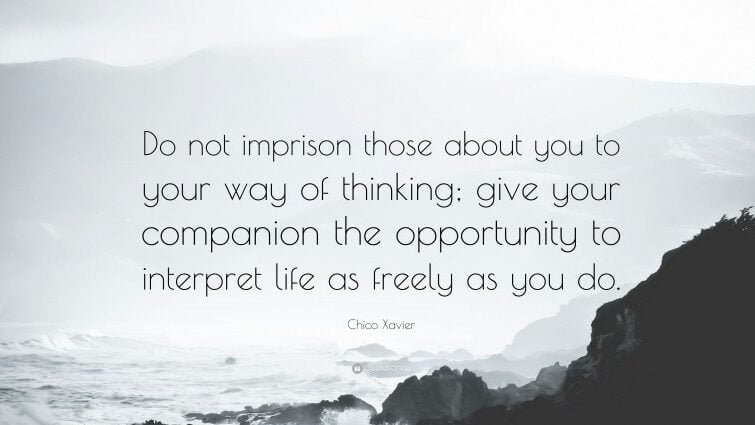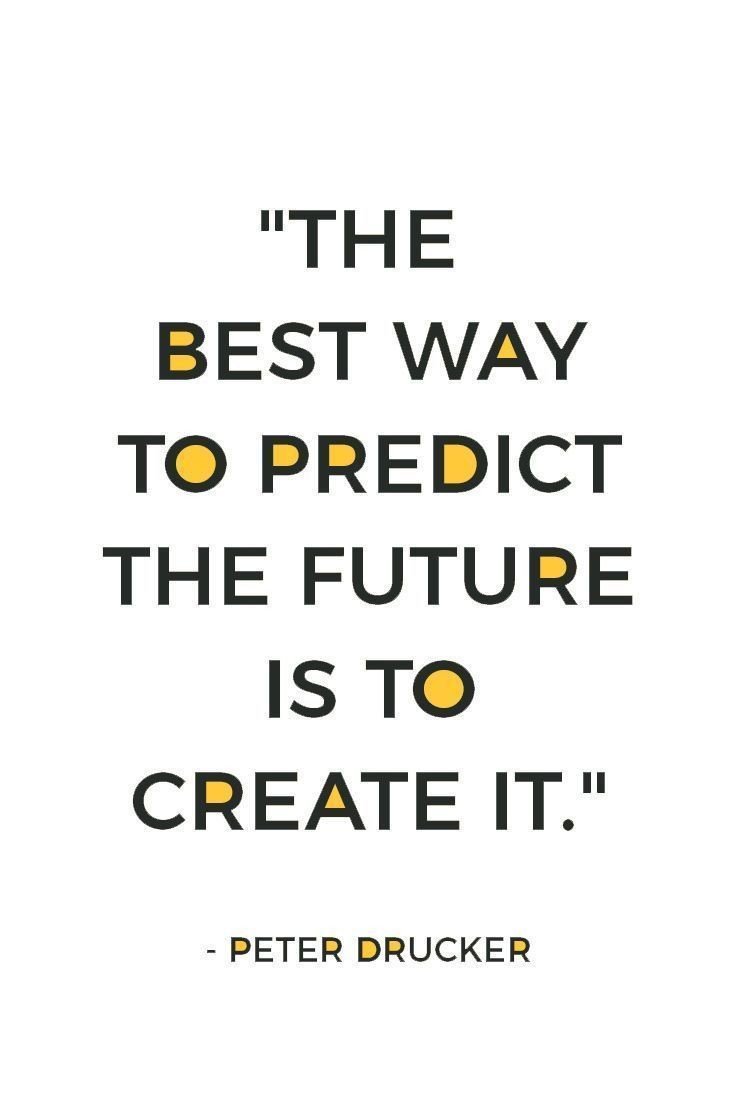12 POWER READING TECHNIQUE
THIS IS THE LESSON ABOUT “12 POWER READING TECHNIQUES: BRIAN TRACY’S POWER READING AND WRITING”. Personal Notes on Brian Tracy’s Power Reading and Writing. There is an overabundance of information in our age currently. It’s more a matter of filtering and selecting relevant information to keep up with the current.
Entering the communications age.
- Top people in any given field can read/write / and speak effectively.
- Power READING: Combinations of speed-reading and retention of the main ideas.
- Your eye takes in information faster than your ear.
- You don’t have to see every word on the page.
- If you only see the keywords you would improve The way the eye works.
- It is a series of skips.
- Often tempted to back skip, which cuts your reading down to a third.

Choose a book you want to read.
- 1 Read two or three words from the beginning of the line
- 2 Finish reading two or three words
- 3 Put your hand on the page and sweep down the page as if you were brushing breadcrumbs from under the printed material.
- 4 Discipline yourself to do this for 20 minutes at a time.
Why it works:
- It prevents back skipping.
- Talking in your head.
- Alters your perception of how fast you can read.
- Highway driving vs driving at 30kph

POWER READING TECHNIQUE:
- Overview, skim, and scan the entire book.
- 5-10 minutes.
- Ask questions, about who was author, note credits, predominance in the field,
- publication date.
- Look at the table of contents.
- A glance at references in the index.
- Get a feel for the structure of the book.

1. Fastest way to deal with reading is not to read a book that isn’t worth your time.
2. Preview: a glance through each chapter.
3. minutes per chapter. (30 minutes for the book)
- Look to see if it will add to your knowledge.
- 3 Sketch out what you already know about this topic.
- Alerts your mind to what is coming.
- 3 min/chapter. (30 minutes)
4. Create questions so that you read with purpose when you begin.
- Be clear about what you want to get out of the book
- What are the main ideas in this book?
- And What supporting evidence is there?
- Are the facts up to date?
- What’s in it for me to learn this material?
- New about this material?
- Can I use this material?
- 3 minutes/chapter. (30 minutes)
5 Read for key ideas… read the text one chapter at a time.
- 15-20 seconds per page.
- Underline new ideas, put ticks or question marks or explain marks in the margin
- 8 minutes per chapter (80 minutes for the book)
6 After view, for the pattern of the material and the difficult ideas.
- Re-read the chapters stop at difficult sections
- Look for the pattern of the argument
- Figure out how all the information related to each other.
- Read allow sections that you didn’t
- 10 minutes per chapter (100 minutes)
7 Make Notes and learning maps on the book.
- In the learning map 10 minutes/chapter (100 minutes)
8 Review your Notes, next day, next week, and next month.
- 5-10 minutes reviewing the notes a day later.
- A week later.
- A month later.
- (30 minutes total)
9. Total time 6.5 hours for a serious 250-page textbook.
- This technique is done 2 times faster than regular reading and you will have over 10 times the comprehension.
- Power reading is not about reading every word it’s about getting the idea from the book.
- Variable speed reading

10. HOW TO CHOOSE READING MATERIAL.
1 Read only material that is interesting and important to you.
- Refuse to read things that aren’t valuable to you at the moment.
- Use skim and scan to read magazines and News Papers.
- Go straight to the article and rip it out. Throw the rest of the magazines away.
- Always read with a colored pen or highlighter.
2 Reflection and Clarifying of the material after you read it.
- Stop and re-read the key points and see if you understand them for yourself.
- POWER WRITING. (20 minutes into cassette)
- The better you can write: the better you can think
- The more you can accomplish; the better decisions you can make, and the respect you get from others.
- More control
11. Concentrate more on “the what” than “the How”.
- Free your creative powers.
- Cannot write and edit at the same time.
- Write freely first… then go back and edit it.
- Consider it as two separate functions. Writing and editing.
- Use Learning maps.
12. Sequence of preparation
- Lookup all learning maps that you currently have on the topic
- Make more notes of any reference material that you require for the project.
- Put the subject in the middle of the blank page.
- Make a branching mind map of all your thoughts on the do a free flow mind map and put down all ideas even silly ones.
- Look at the mind map
- Create a new mind map of themes and learning clusters.
- Now write in a fluid form don’t judge or criticize or edit just write it all out very quickly and move from one cluster to the next.
- Do Nothing. Let it sit in your subconscious for a time. Incubate on the topic for a while.
Read More:
50+ सफलता के लिये सर्वश्रेठ पुस्तकें
https://newsxpress.digital/how-to-deal-with-stress-and-cope/

